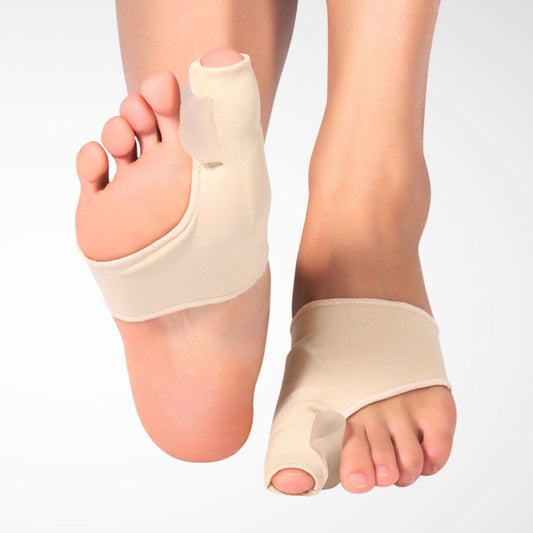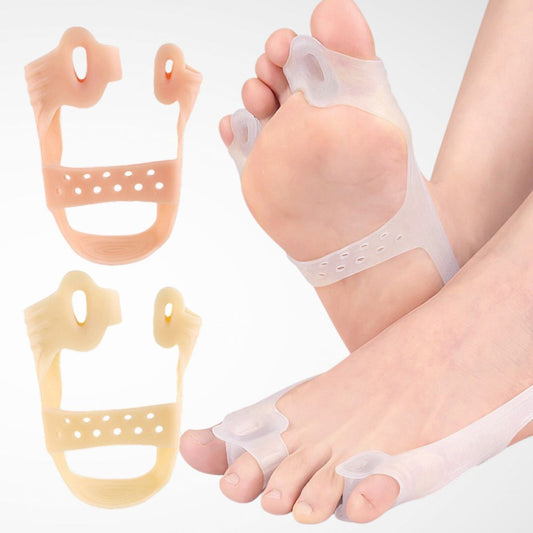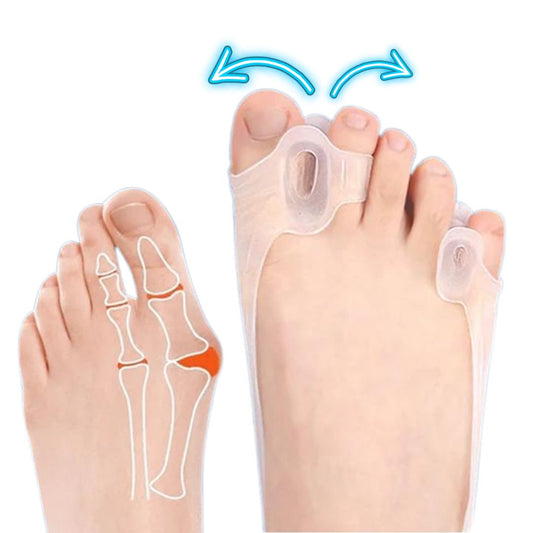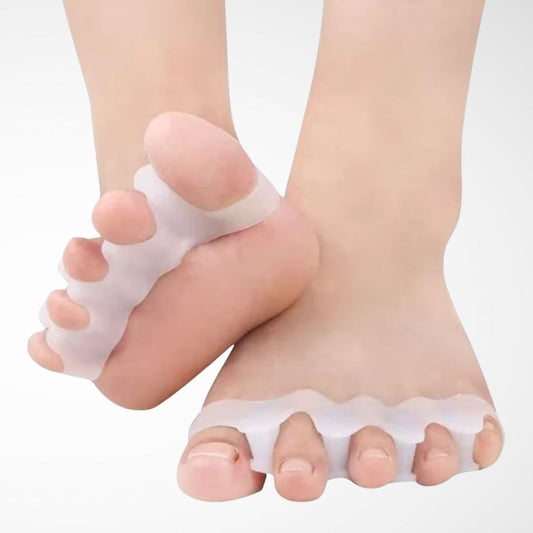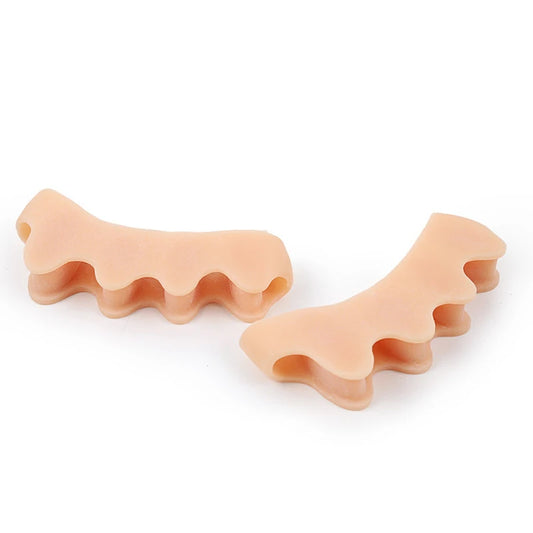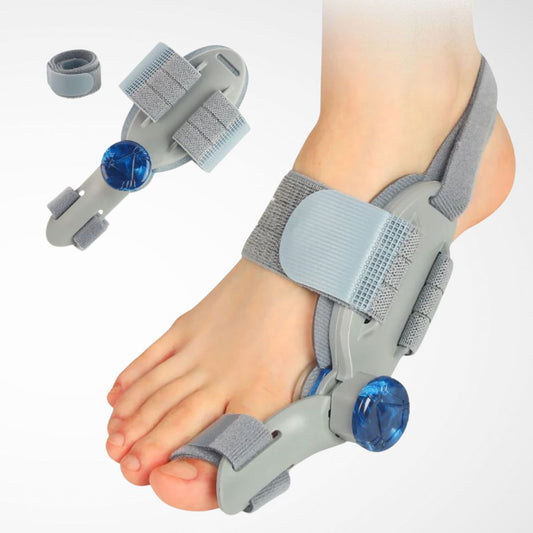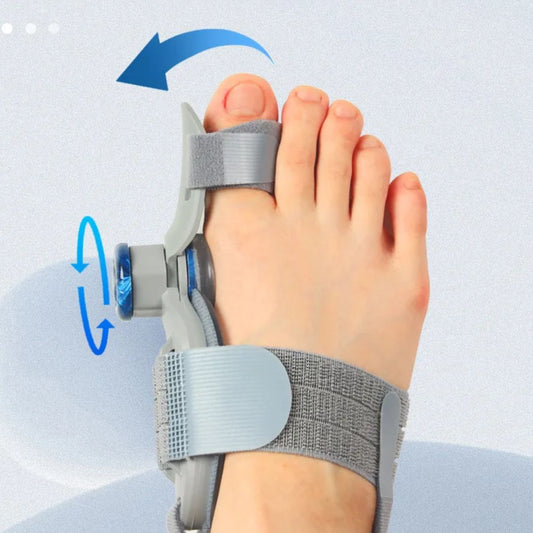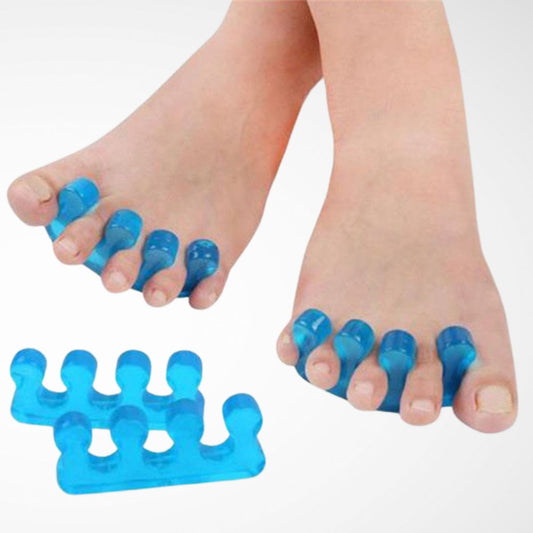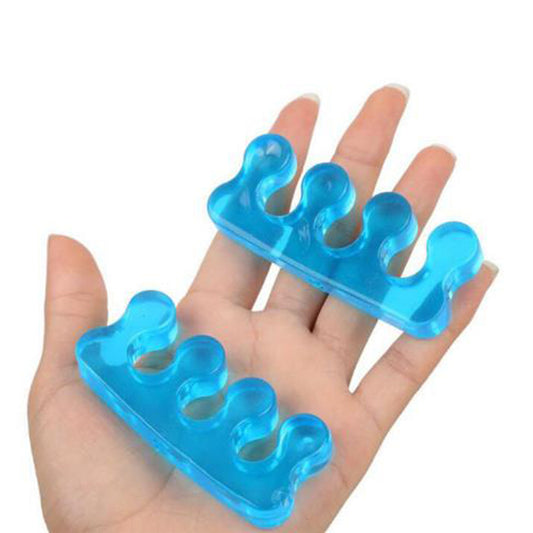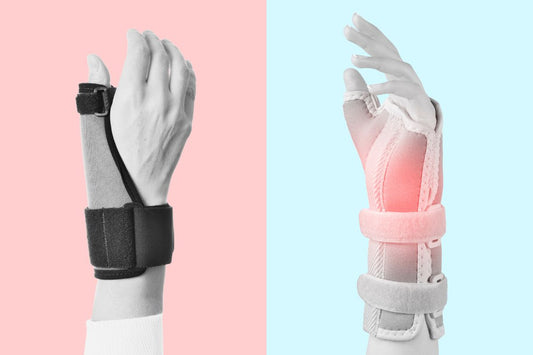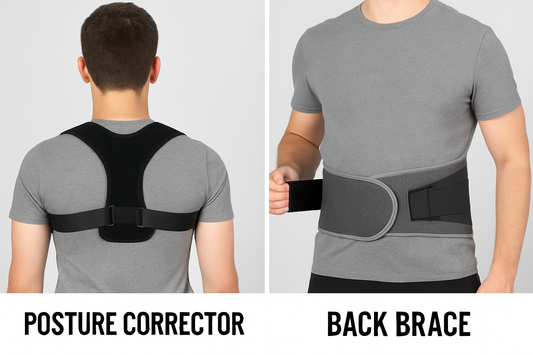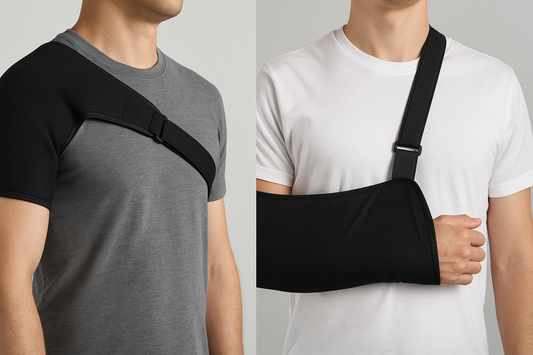Our feet bear the weight of our lives every day, yet we rarely pay attention to them until pain or discomfort strikes. Toe spacers are a small but powerful tool that can make a real difference - gently realigning your toes, easing pain, and boosting overall foot comfort. Whether you’re healing from a foot problem, trying to prevent future issues, or simply wanting steadier, happier feet, these little devices can transform the way you move and feel every day.
What Are Toe Spacers and How Do They Work?
Toe spacers are soft, flexible tools designed to fit between your toes, gently encouraging proper toe alignment. While they were initially created to help with bunions and overlapping toes, their benefits now extend to overall foot health, posture correction, athletic performance, and recovery.
They come in a variety of materials - including silicone, gel, foam, and therapeutic-grade SEBS - and can be worn during the day or at night. Some designs are slim and suitable for wearing inside shoes, while others are thicker, ideal for barefoot use or passive correction while resting.
Whether you are managing chronic foot pain or looking to prevent long-term problems, toe spacers are increasingly recommended by podiatrists, physical therapists, and wellness experts. At BetterSpine, we offer a range of high-quality toe spacers tailored to different needs, whether for daily comfort, recovery, or athletic training.

Key Toe Spacers Benefits for Better Foot Health
Our feet carry us through every step of life, yet they often go unnoticed until discomfort or pain reminds us of their importance. Toe spacers may seem like a small, simple tool, but their effect on foot health can be surprisingly powerful. From realigning toes to easing aches, these little devices help your feet feel stronger, more comfortable, and ready for anything.
- Corrects Toe Alignment and Posture: Gently spreading your toes creates a wider, more stable base, improving posture and reducing strain on your knees, hips, and lower back. Over time, standing, walking, and even bending feel smoother and more natural.
- Relieves Foot Pain and Discomfort: By reducing pressure, friction, and inflammation caused by bunions, hammertoes, or overlapping toes, toe spacers make everyday movement more comfortable and less painful.
- Improves Balance and Stability: Activating underused foot muscles enhances your body’s sense of position and movement, helping you feel grounded and confident during yoga, workouts, or daily tasks.
- Enhances Blood Circulation: Gently opening cramped toes encourages better blood flow, easing swelling, reducing fatigue, and supporting recovery after long days or intense activity.
- Strengthens Foot Muscles: Engaging the smaller muscles in your feet and arches builds support, stability, and resilience, lowering the risk of injury while making walking and exercising more comfortable.
- Prevents Common Foot Problems: Promoting proper alignment can slow or prevent bunions, hammertoes, plantar fasciitis, and other common foot issues, keeping your feet healthy for years to come.
- Improves Athletic Performance: Proper toe engagement and alignment allow for stronger push-offs, better weight distribution, and enhanced coordination, helping athletes and active individuals move more efficiently.
Incorporating toe spacers into your daily routine gives your feet the care they deserve. Even small adjustments can transform how your feet feel, making movement lighter, more stable, and pain-free, while supporting long-term foot health and overall well-being.
Who Should Use Toe Spacers?
Toe spacers aren’t just for people with existing foot problems - they can benefit anyone looking to maintain or improve foot health. Whether you’re active, on your feet all day, or focused on preventive care, toe spacers can support comfort, stability, and overall foot function.
- People with Foot Conditions: Those dealing with bunions, hammertoes, or chronic foot pain can benefit from improved comfort and alignment.
- Athletes and Active Individuals: Runners, yoga enthusiasts, dancers, and barefoot trainers can enhance performance, foot strength, and recovery.
- Preventive Foot Care Enthusiasts: Anyone looking to maintain healthy feet, improve posture, or prevent future foot problems can integrate toe spacers into daily routines.
Regular use can help retrain your toes to adopt a healthier, more natural alignment over time. By incorporating toe spacers into your routine, you’re taking a proactive step toward long-term foot comfort, strength, and overall well-being.
Types of Toe Spacers: Finding the Right Fit
Toe spacers come in a variety of shapes, sizes, and materials to suit different needs and lifestyles. Choosing the right type ensures maximum comfort, effectiveness, and long-term benefits for your feet.
- Silicone Toe Spacer: Durable, flexible, and ideal for both daytime wear and light activity. Its resilience makes it perfect for repeated use without losing shape.
- Gel Toe Separators: Soft and cushioned, perfect for comfort and longer wear, including nighttime use. They gently conform to your toes, providing soothing relief during rest.
- Foam Toe Spacers: Lightweight and breathable, suitable for beginners or short-term use. Their soft texture makes them easy to get used to and comfortable for short sessions.
- Adjustable Toe Spacers: Allow customized spacing for each toe, ideal for targeted correction or specific foot conditions. This adaptability ensures precise support for unique alignment needs.
- Full Toe Separators: Cover all toes to maximize alignment and encourage natural splay, particularly during rest or recovery sessions. They provide comprehensive support, promoting overall foot health.
At BetterSpine, we provide a range of these products to ensure each user can find the right spacer for their needs.
How to Use Toe Spacers: A Step-by-Step Guide

Knowing the correct way to use toe spacers ensures you get the most benefit without causing discomfort. A simple step-by-step approach can help you safely incorporate them into your daily routine.
- Start slowly: Begin with 15–30 minutes per day to allow your toes to adjust gradually.
- Use during rest or activity: Wear them while reading, working, practicing yoga, or walking barefoot.
- Combine with exercises: Stretch your toes, roll your feet, or do mobility drills to enhance benefits.
- Nighttime use: Thicker spacers can be worn overnight for passive alignment correction.
- Increase duration gradually: Extend wear time as comfort and flexibility improve.
Always listen to your body - gentle pressure is normal, but you should not experience pain. Consistency is more important than long sessions; even short daily use can lead to noticeable improvements over time.
Frequently Asked Questions About Toe Spacers
1. Are toe spacers good for you?
Yes. When used correctly, they can improve alignment, relieve pain, and strengthen foot muscles.
2. What does sleeping with toe spacers do?
Nighttime use allows passive correction, helping maintain alignment while your feet rest.
3. Is it good to work out with toe spacers?
Yes, using spacers before or during exercises can activate underused muscles, improve balance, and enhance foot mechanics.


